|
After years of on-off access and delays, Javi Elorriaga (http://birdingthestrait.com/) has today tweeted a photo of work currently being undertaken on the access road up to the Cazalla watchpoint (Tarifa) - some seven years after the facility was constructed. This is great news not only in and of itself, but also since it suggests "eco-tourism" is at last being taken more seriously by local authorities at this world class raptor watching site. Hopefully, work on the vacant buildings will follow since they offer a splendid opportunity for some good PR/educational work.
4 Comments
 Cadiz has many footpaths (senderos) and all of them, other perhaps than those the head through urban areas, have great potential for birding. Like many traditional paths they tend to be linear as their use was originally entirely practical and functional linking communities or sites of economic activity rather than, as now, simply recreational. Taking into account the many old caňadas (drove-ways) and other footpaths there must be many hundreds of interesting paths to explore, but fortunately there's a useful an online booklet which, although not definitive, describes 300 of these paths (see - http://issuu.com/cadizturismo/docs/300senderoscadiz). Some of these routes can also be found online at http://www.wikirutas.es/ which also links to a good large scale map (useful for copying and pasting). You can also download it onto smart phone via OruxMap. This site, and many others (e.g. http://utreruta.blogspot.com.es/ ) have photos (and sometimes videos) of the routes. Although mainly for pedestrians only, surprising number of these routes follow drivable tracks and, thanks to being able to use your car as a hide, often makes driving a better option than walking for birdwatchers (e.g. senderos 001, 003 & 004 around Bonanza). Some routes need permission to walk, but most are open at all times (details in the booklet). Some of them are well posted, but others not at all making the routes harder to follow and uncertain walkers less sure that they have right of way. Others, even traditional drove-ways, have been illegally blocked or ploughed up by landowners (see http://www.ecologistasenaccion.es/article21560.html). Predictably, there are a lot of walks listed in places like Grazalema (senderos 70 to 100, 115 to 133), but since this area is well served by more detailed dedicated walking guides and maps it's probably better to one of these guides. Although mention should be made of sendero 095 which takes you on a good circular route from Puerto de las Palomas (good for Alpine Accentor in winter) and isn't too demanding as you start high on a pass. Some walks in the area involve steep climbs so should be tackled with care. (Note that since part of Grazalema Natural Park is in Malaga province some well known senderos in the park are not listed in the guide) 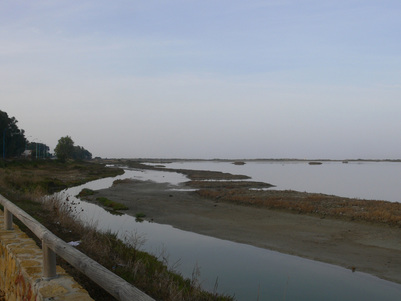 Tres Amigos Saltpans Tres Amigos Saltpans Perhaps surprising are the number of walks listed for the Bahia de Cadiz (senderos 150 to 155, 159, 161 to 169, 171). These routes give birders their best chance of exploring this vast area of salinas, creeks and mudflats. Probably the pick of the bunch is the Tres Amigos walk (sendero163). This 2.9 km linear walk takes you from the suburbs of San Fernando to the Rio Arillo and can be excellent for waders, gulls (inc. Audouin's) and Spoonbill. If you're a determined sort then El Carrascón (sendero 165) a 5.6 linear walk from San Fernando) takes you through all the bay's key habitats, but if you've not the time for a proper investigation then by only going as far as the main channel (c2km) you should get most of the birds. It can be a good area for wintering/passage Mediterranean Gulls and Caspian Terns. There should also be Lesser Short-toed Lark in this area, but I've never found them. 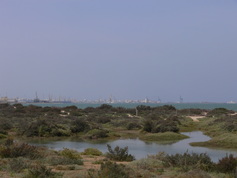 Cadiz from Los Torunos Cadiz from Los Torunos Los Toruňos is a 5 km long peninsula immediately south of El Puerto de Santa Maria which has a good boardwalk along its spine (and a 'Noddy train' in the summer!) An arm of the boardwalk (sendero 152) an arm of which crosses the Rio San Pedro (near a large tower hide) and from here good path (sendero 153) cuts back north beside mudflats, through salinas and eventually the starting point. It's a 9 km walk, much of it somewhat exposed, but the woodland on the other side of the bridge provides some shade and a good chance of migrant passerines in season as it forms an isolated 'island' of cover surrounded by open medflats & urbanisation). It also has a good population of Chameleon. If you turn south then after 1.5 km you reach two small pools which may bear investigation (although it's easier to park on the university campus nearby and walk north if this is your target). The other bonus here is that you can hire bikes from the nearby visitors' centre which could render the 9 km walk much less daunting. Nearby a 10 km walk (sendero 150) round Salina le Tapa should also 'produce the goods” - as well as the expected Flamingos, gulls, terns (there's a roost here that has had Lesser Crested Tern although it is quite distant from the path) and the usual waders, I had small flocks of Stone Curlew here in autumn. The other big asset of these walks is that most of them are easily accessed via local trains and buses. Senderos 194 to 196 and 199 explore similar habitat at Barbate 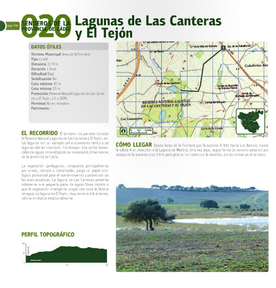 Footpath to Lagunas de las Canteras y el Tejon Footpath to Lagunas de las Canteras y el Tejon Several senderos skirt lagunas in the area which may have White-headed Duck, Purple Gallinule and even Crested Coot . Several of the routes, though, are along tracks which make them easier to drive than walk (e.g. the 7 km walk to Lagunas de Espera 030). Sendero 018 takes - on foot only - you along the southern edge Laguna de Medina and 019 continues all the way to Laguna de Traje (at 13km – best done as a cycle route). Many visitors never get any further than the hide here, but it can be worth continuing to a third boardwalk that crosses a damp meadow - listen for Savi's Warbler here and look for Black-winged Kite. Laguna de los Tollos (sendero 010) presents the most interesting problem since, according to the map, a large part of the route actually seems to go across the luguna itself! This locality is well worth a visit since it's the site of ambitious restoration programme. 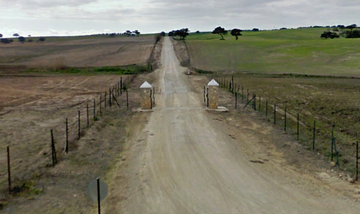 Track (pedestrians only!) off the service road to Laguna de las Canteras Track (pedestrians only!) off the service road to Laguna de las Canteras Perhaps one of the more interesting senderos is the linear path (2.7 km) km that takes you to Reserva Natural Lagunas de las Canteras y El Tejón (sendero 020). I've only once managed to visit Laguna de Las Canteras – a small shallow temporary laguna – which looked very interesting indeed being packed with Red-crested Pochard, a White-headed Duck and a few coot sp. However, I'd cheekily driven to the site (at the time the track had no gates so I assumed public access was OK) and was very politely asked to leaver as it was 'private'. It now seems, however, that you can walk there on an official footpath (although it's not actually signposted). It's not clear whether you can continue a further 1.5 km along a handy track to the slightly larger Laguna del Tejón though, but it might be worth asking. If you do visit do so after a wettish winter and take care as when I was there a large heard of none too friendly long-horned cattle were being driven along the route! 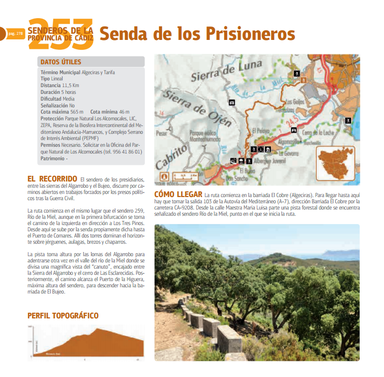 The Campo de Gibraltar has many footpaths which allow you to explore the Alcornocales and the Mediterranean coast. All of the woodland along these routes should have Bonelli's Warbler and Iberian Chiffchaff and a few may harbour Orphean Warbler. According to the Spanish bird atlas they shouldn't hold Iberian Green Woodpecker, but despite this I've had them in the area several times. Overheard during migration the skies could hold almost any raptor of the region (other than Lammergeier) whilst the coastal routes should be particularly good both for seabirds and 'vis migging'. The 20 km + walk between Tarifa and Algeciras (Colada de la Costa 246/Calas de Algeciras 254) could be terrific, but you need to be fairly fit although it should be possible to shorten the route by catching a bus along the N 340 and much of it is accessible by cycle. An unusually high percentage of walks in this area are circular (e.g. senderos 238 Loma de San Bartolomé - 5.5 km, 247 Canuto El Arroyo de Algamasilla 2.2 km, 251 Rio Guadalmesi 5.7 km, 270 Valdeinfierno 4.3 km and 272 Santuario de Bacinete 3 km). However, my pick of the bunch would be sendero 253 - Senda de los Prisioneros. This path has a poignant history being built between 1940 and 1943 under Franco by Republican slave labour as defensive works. Whatever its history, it commands stunning views across the straits and, as it passes above Algarrabo, should be just as good for raptor migration. To get into place above this watchpoint requires a 3 km walk from the start at El Cobre, but this can be reduced to a manageable kilometre by taking a minor turning on the right off the N 340 (c1km uphill beyond Venta Jose Mari) By bearing left and on uphill along Calle Pastor Alemán about a kilometre you reach Calle Mastin. At the end of this road a footpath continues upwards to link with the Senda de los Prisioneros. This area should be just as good as Algarrabo for birds of prey although not having so many helpful eyes is a drawback. 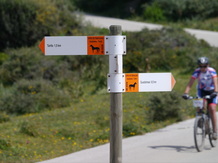 Not all routes are as well signposted as this one near Tarifa Not all routes are as well signposted as this one near Tarifa This brief review scarcely scratches the surface of birding potential of the 300 senderos listed in this guide let alone all of the walkable routes in Cadiz province in general. Remember that, although all the usual dangers of walking in the UK apply to Spain, there's the added peril of toros bravos (fighting bulls); these are not to be messed with, even the cows can be temperamental, so don't be tempted to take a short cut across fields with large black cattle! If you're keen on walking then it's best to avoid high summer and even the spring and autumn can be surprisingly hot. Take plenty of water and take all the usual precautions. |
About me ...Hi I'm John Cantelo. I've been birding seriously since the 1960s when I met up with some like minded folks (all of us are still birding!) at Taunton's School in Southampton. I have lived in Kent , where I taught History and Sociology, since the late 1970s. In that time I've served on the committees of both my local RSPB group and the county ornithological society (KOS). I have also worked as a part-time field teacher for the RSPB at Dungeness. Having retired I now spend as much time as possible in Alcala de los Gazules in SW Spain. When I'm not birding I edit books for the Crossbill Guides series. CategoriesArchives
May 2023
|
| Birding Cadiz Province |
|
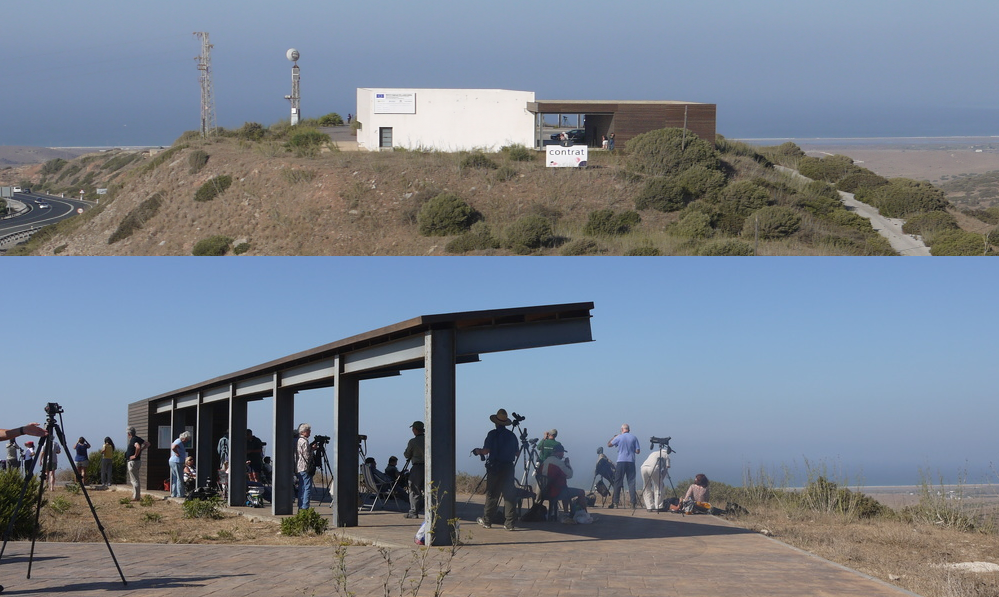
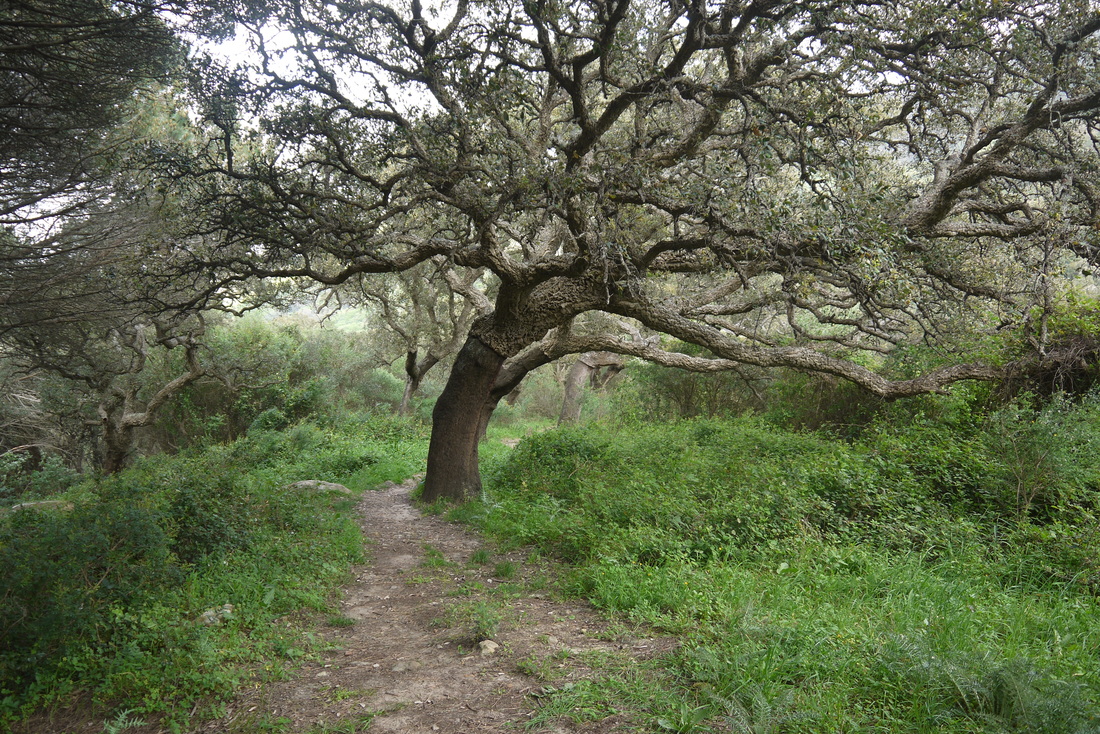
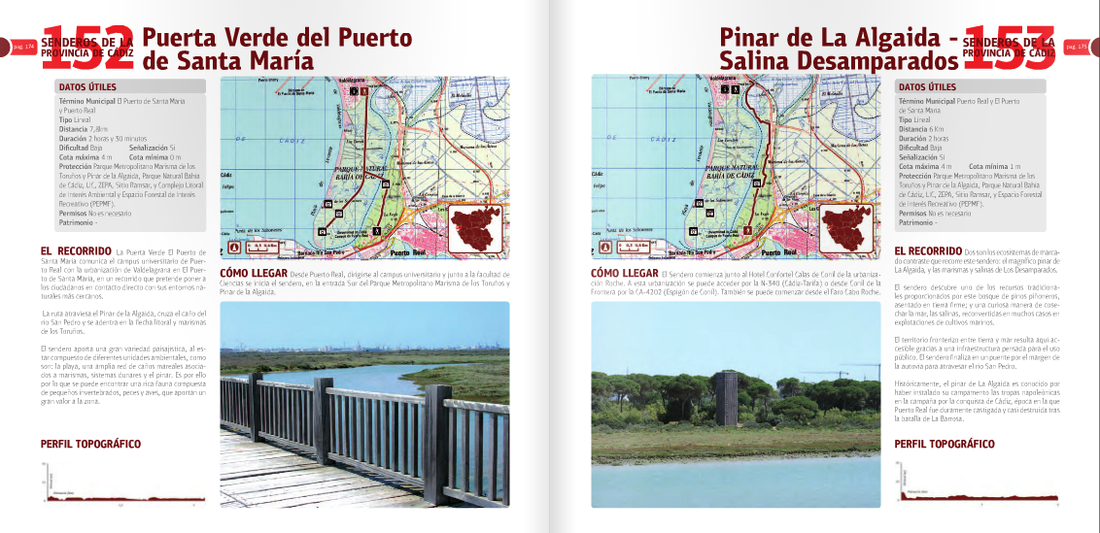
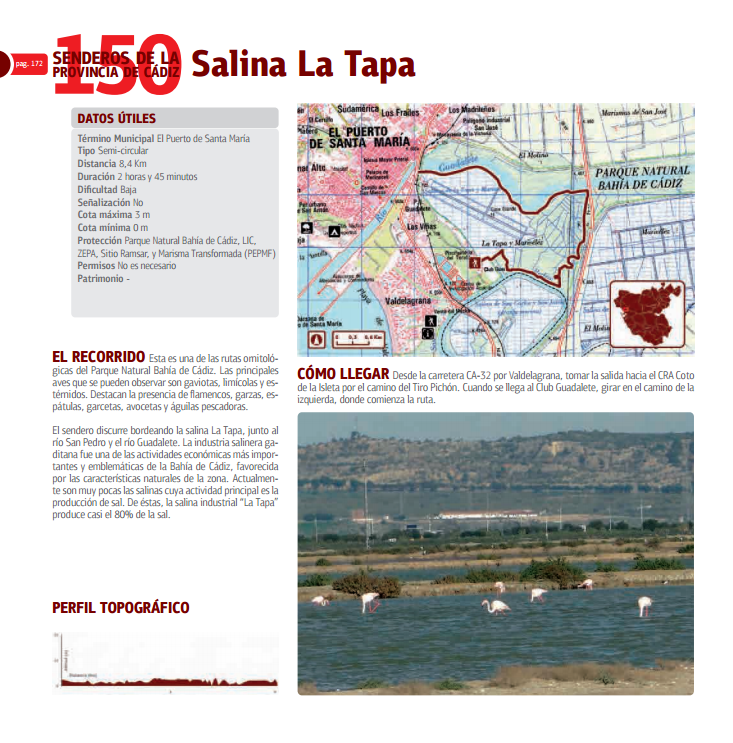
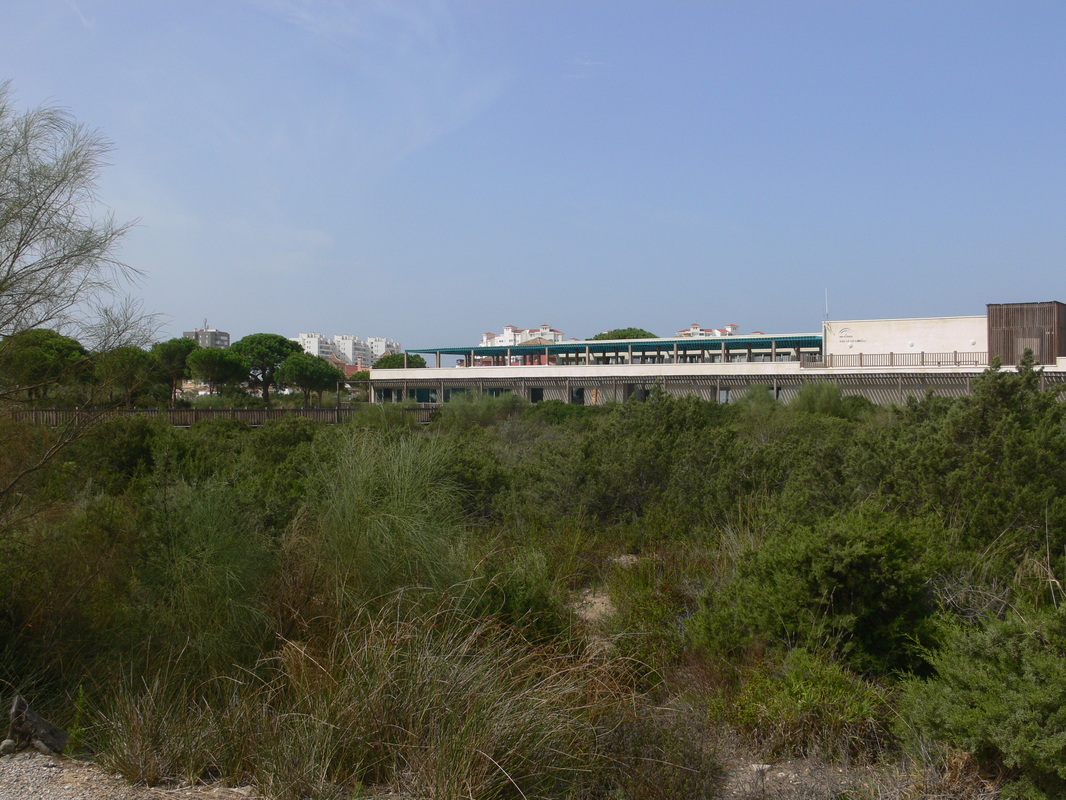
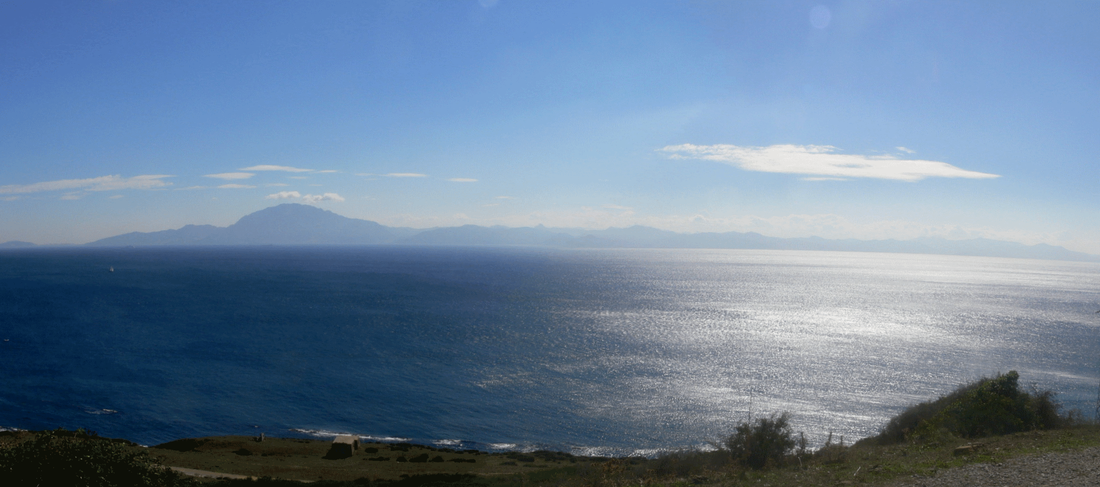
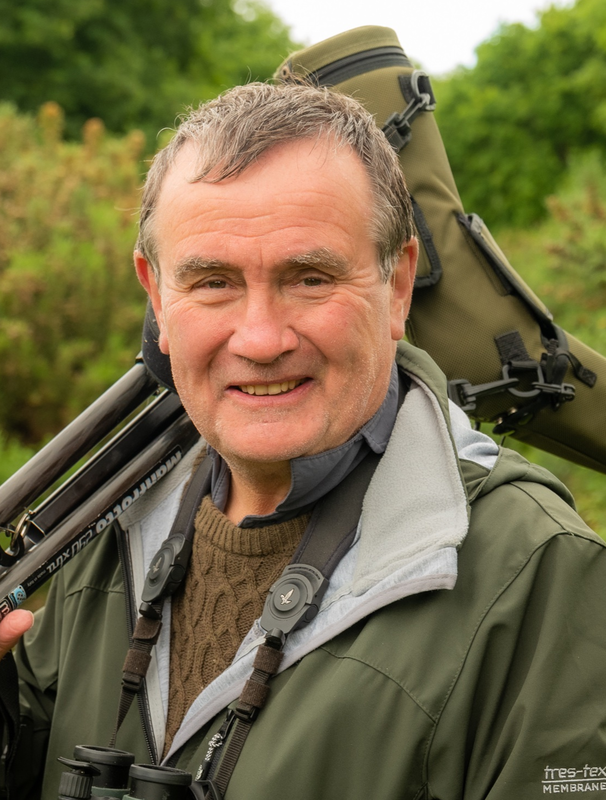
 RSS Feed
RSS Feed
